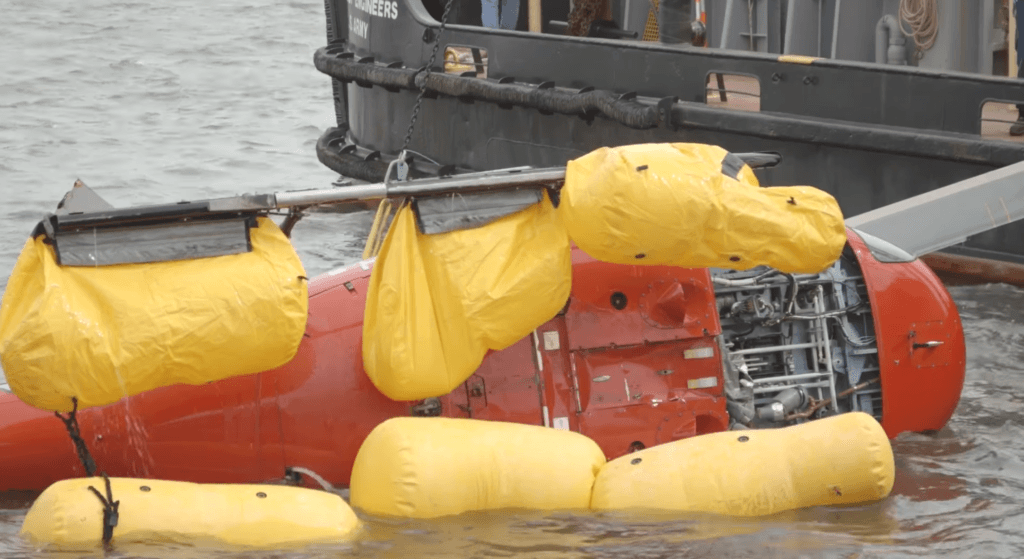 The pilot of the Eurocopter AS350 that lost engine power while flying over New York’s Central Park on March 11, briefly considered putting the helicopter down in Central Park but concluded there were too many people on the ground below. Instead, Richard Vance tried to slow the helicopter’s descent as he flew toward the East River in the aircraft on which the doors had been removed to enhance visibility for sightseeing.
The pilot of the Eurocopter AS350 that lost engine power while flying over New York’s Central Park on March 11, briefly considered putting the helicopter down in Central Park but concluded there were too many people on the ground below. Instead, Richard Vance tried to slow the helicopter’s descent as he flew toward the East River in the aircraft on which the doors had been removed to enhance visibility for sightseeing.
In an interview with the National Transportation Safety Board after the accident that killed all five passengers, Vance, 33, said when the helicopter first hit the river and began to fill with water, he reached over to release the carabiner holding the passenger closest to him to a tether and restraint system installed to protect passengers from falling out. After twisting the release mechanism several times he gave up and got out. None of the passengers were able to free themselves and they drowned.

Vance said things started to go wrong when Trevor Cadigan, the 26 year old passenger next to him in the front of the helicopter, scooted across the cockpit bench seat in order to get a photo of his feet hanging out of the doorway. About this time, Vance noticed the engine and fuel pressure warning lights. Vance said he was not sure he could get the aircraft across midtown Manhattan so he reduced the rotor’s rpm to glide longer while attempting to restart the engine. Only then did he notice that fuel supply had been shut off. Below the fuel cutoff valve was a piece of Cadigan’s safety tether.
The fuel shutoff valve was directly in front of Cadigan’s seat. Anything that might have dropped behind the valve could, when pulled, activate the choke, starving the aircraft’s sole engine. The NTSB’s preliminary report does not include analysis, but the pilot’s observation of the tether beneath the fuel shutoff suggests when Cadigan moved across the seat, the tether may have become hooked around the knob, activating the the fuel shutoff. (See my earlier report on this issue here.)
With Vance unable to get the engine re-started in time, the helicopter hit the river with its emergency pontoons only partially deployed. It tipped to the left and started filling with water.
The NTSB noted that the seat restraints were installed by the aircraft manufacturer but the harness system used to safeguard against falling out of the aircraft was installed by the operator, Liberty Helicopter, and had not been evaluated by the Federal Aviation Administration. Days after the accident, the FAA banned doors-off helicopter flights unless the operator can demonstrate its safety harness system allows passengers to quickly free themselves if necessary. The NTSB issued a similar safety recommendation on March 19th.

Author of The New York Times bestseller, The Crash Detectives, I am also a journalist, public speaker and broadcaster specializing in aviation and travel.








